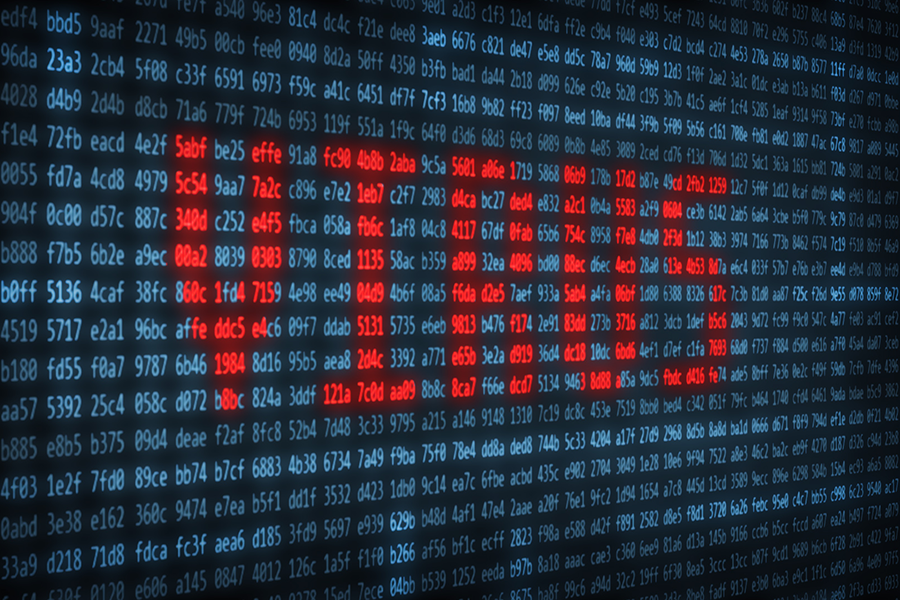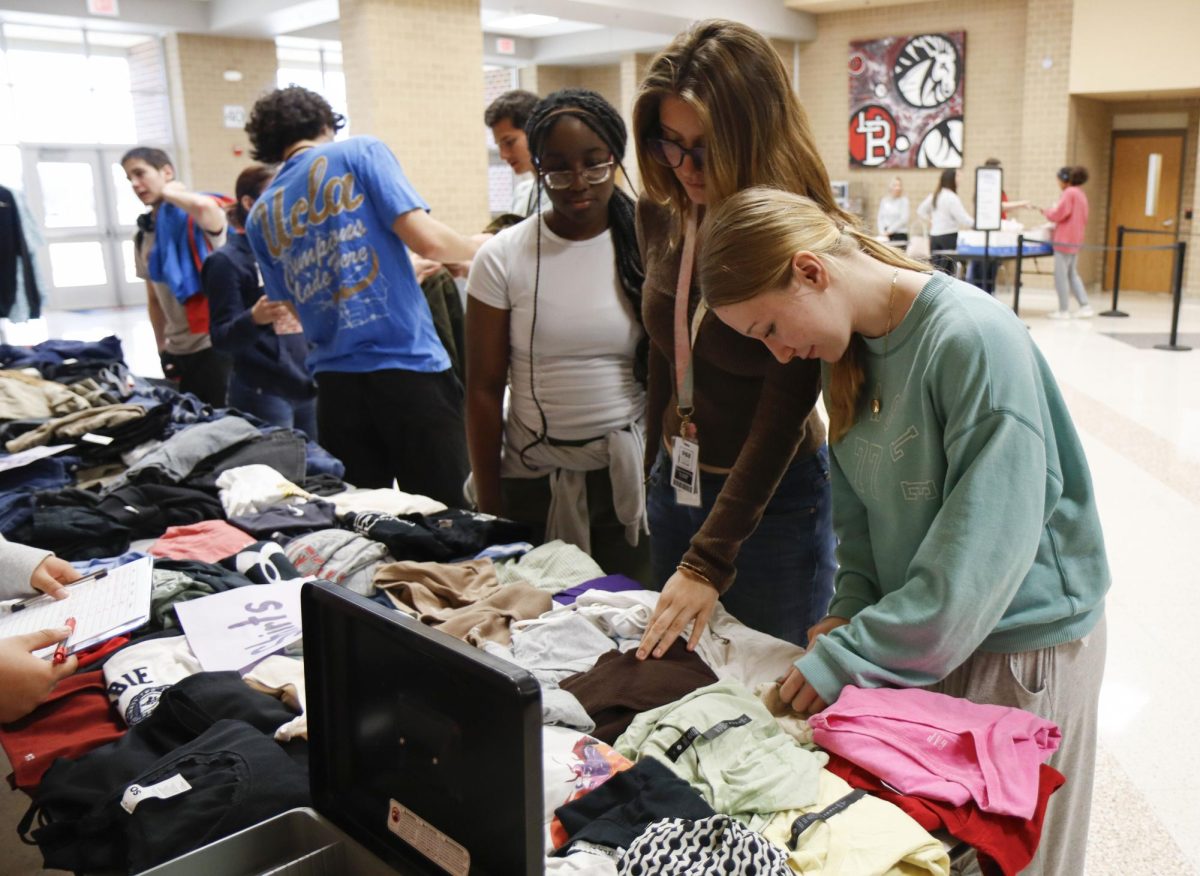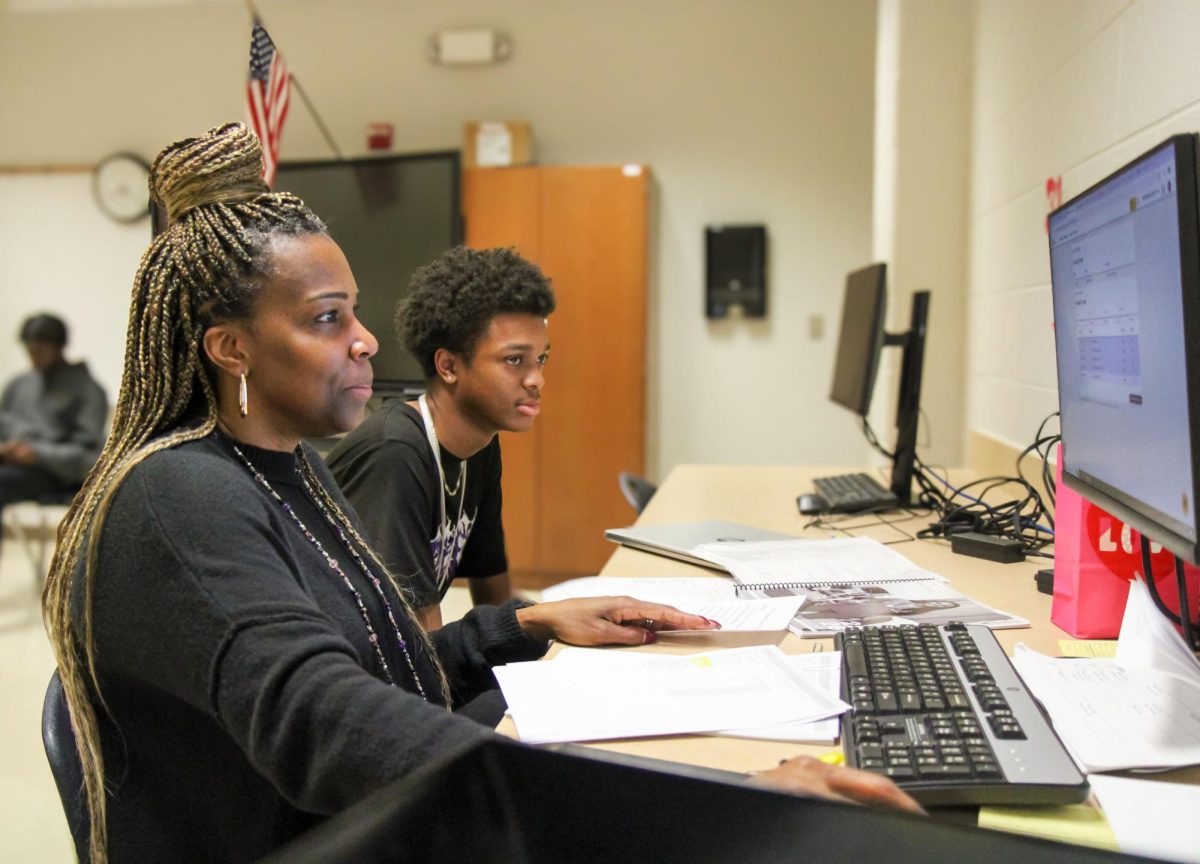A new virus called Ransomware has infected Mansfield ISD’s technology. Ransomware restricts users’ access to their files or threatens the permanent destruction of their information unless a ransom—anywhere from hundreds to thousands of dollars—is paid. Users can get the virus by simply clicking on a compromised website through a pop up window or any email attachments from a deceptive user. To help combat the virus, Mansfield ISD has implemented several procedures to get their technology running smoothly and safely.
First, the district has reported their infiltration with the FBI. Director of Technology Services Gail Marlin attended a meeting in Austin held by the FBI to gain more information about the virus and how the district can stop it. The district has also contacted ESC11, an educational service center that provides technical assistance as well as a consulting company and gateway vendor for information and assistance. Mansfield ISD Network Technician Mr. Larry Birchfield has worked side by side with Ms. Marlin and believes the district was not specifically targeted.
“I don’t think MISD was specifically targeted. What I believe is that a user received an email and accidentally opened the attachment. Mr. Birchfield said. “Ransomware is [also] a profitable business for the perpetrators.”
Second, the district is keeping antivirus protection up to date and Windows patches and updates running. Mansfield ISD has also disconnected users from network files and is developing a plan to retire it’s use and promote the use of cloud storage. They are also blocking .zip attachments from coming into the district and setting up an SFTP server.
“I use Dropbox and Google Drive to save all of my important files on my computer,” Speech and Debate teacher Mr. Howard Ritz said. “Not only does that protect them from the virus but it enables me to access them everywhere in case something happens to them.”
Students can also contribute to helping stop the spread of the virus. Mansfield ISD has pushed out the ‘Red Flag’ email graphic to all student iPads so students can be aware if they are threatened by the virus. Mr. Birchfield advises all students to follow the following procedures while on district and personal computers to help prevent the spread of the virus.
- Make sure you have updated antivirus software on your computer.
- Enable automated patches for your operating system and web browser.Have strong passwords, and don’t use the same passwords for everything.
- Use a popup blocker.
- Only download software—especially free software—from sites you know and trust (malware can also come in downloadable games, filesharing programs, and customized toolbars).
- Don’t open attachments in unsolicited emails, even if they come from people in your contact list, and never click on a URL contained in an unsolicited email,even if you think it looks safe. Instead, close out the email and go to the organization’s website directly.
- Use the same precautions on your mobile phone as you would on your computer when
using the Internet. - To prevent the loss of essential files due to a ransomware infection… conduct regular backups and store the backed up data offline. (Example: unplug your USB drive that you’re using to backup files.)
“I think that this is a very serious threat to our district and that we need to elevate the awareness level of all of users on how we can take measure to protect our data,” Mr. Birchfield said. “Since email is the primary source, we are all affected by the threat.”
To prevent the virus in the future, the district has been speaking to security professionals on implementing further user protection and has put in leverage tools to stop outgoing traffic which the virus relies on to retrieve the “key” to lock data files.
















